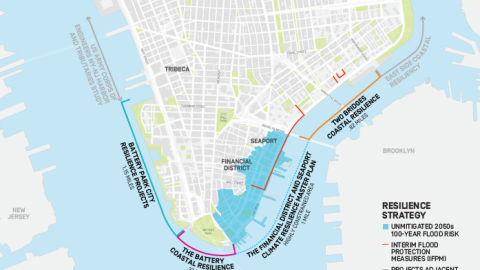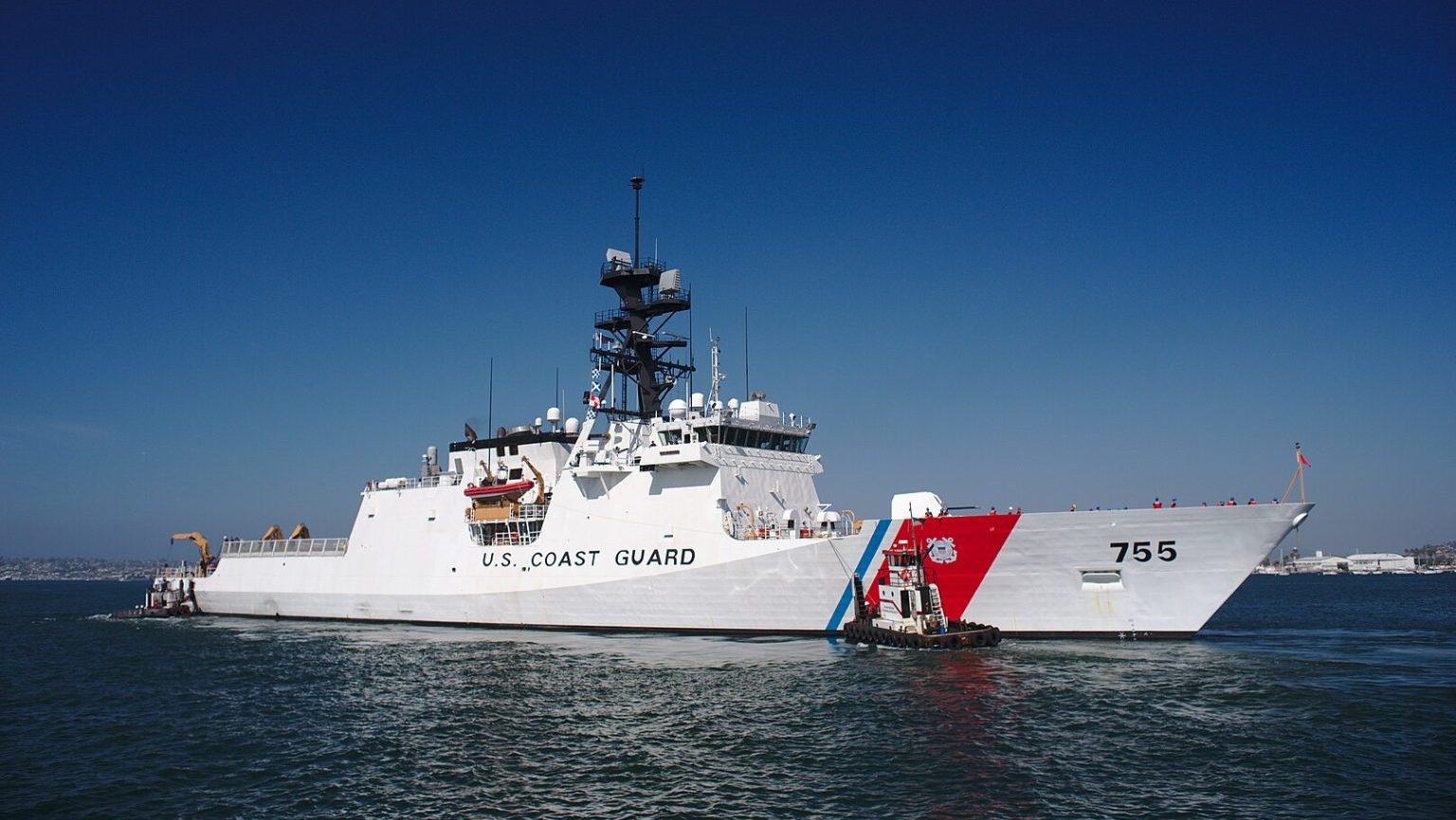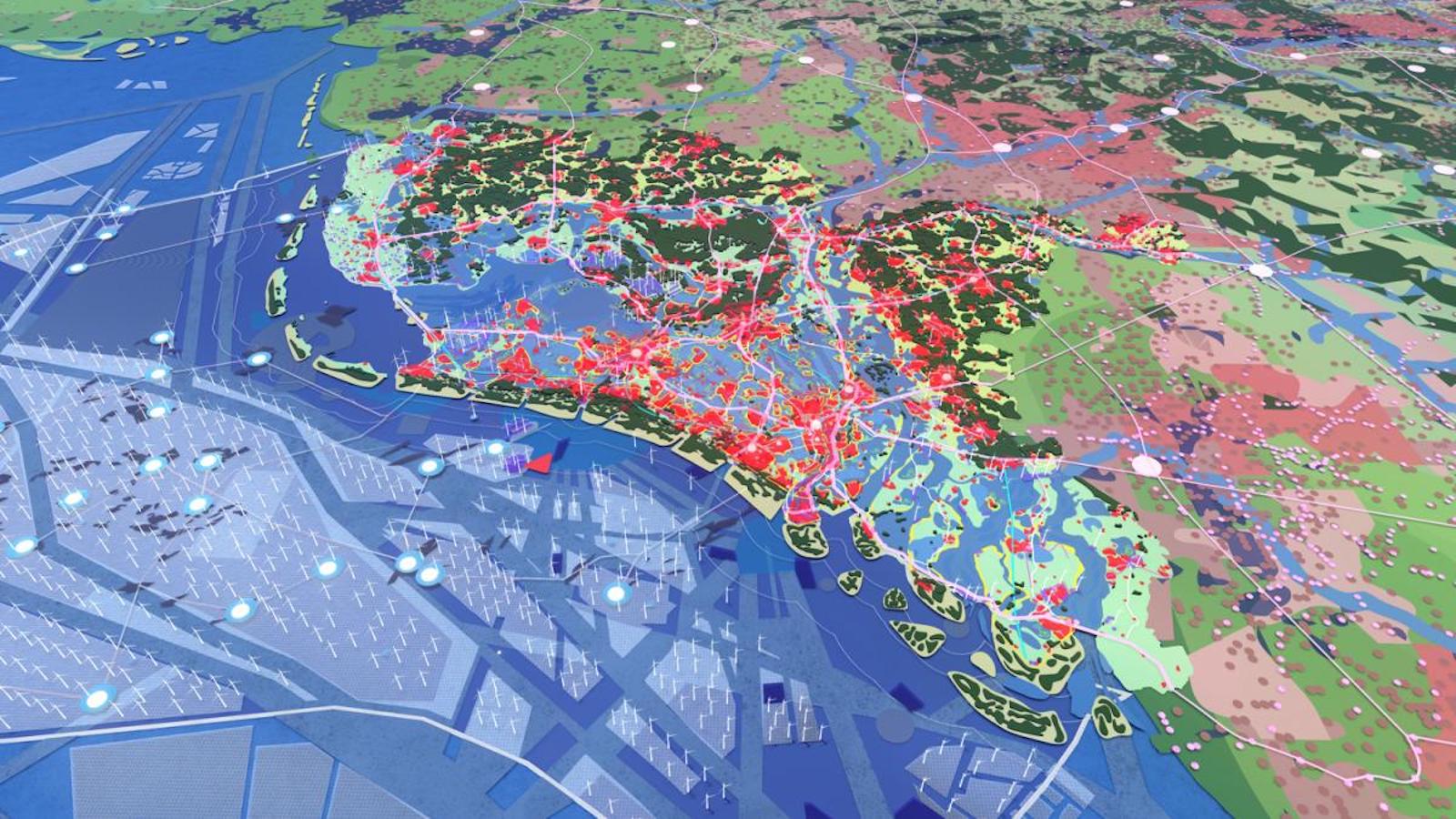NYC plans to expand Manhattan to protect against rising seas

NYC Mayor's Office
- New York City Mayor Bill de Blasio announced Thursday his $10-billion plan to protect lower Manhattan against sea level rise and storm surges.
- The plan calls for creating new land that would extend the lower part of the island by about two city blocks.
- As sea levels rise around the globe, cities are experimenting with various methods to protect themselves.
New York City Mayor Bill de Blasio has a bold and expensive plan to protect lower Manhattan from sea level rise and the next major storm: Expand the coastline by two city blocks into the East River. The plan, estimated to cost $10 billion, would create new land between piers from the Brooklyn Bridge to the Battery, and would install “grassy berms in parks and removable barriers that can be anchored in place as storms approach,” the mayor said.
“It will be one of the most complex environmental and engineering challenges our city has ever undertaken and it will, literally, alter the shape of the island of Manhattan,” de Blasio wrote in a New York Magazine op-ed. “The new land will be higher than the current coast, protecting the neighborhoods from future storms and the higher tides that will threaten its survival in the decades to come.”
Compared to other parts of the island, Lower Manhattan is especially close to sea level, with some parts rising just five feet above it. The raised land could help protect against sea level rise, though its primary purpose seems to be a buffer against storm surges. De Blasio said it’s an open question what might be built on the new land, suggesting parks or schools as possibilities.

NYC Mayor’s Office
Scientists estimate that sea levels could rise 18 to 50 inches across New York State by 2100, which is doubly alarming considering higher seas will enable storms to inflict greater damage on the city. The mayor said New Yorkers have “no choice” but to begin protecting the island.
“The reason we’re forced take dramatic action now is because for years so many in Washington put the profits of Big Oil over the future of our planet,” the mayor wrote. “New York City is divesting our pension funds from the fossil-fuel companies who caused this crisis and we’re suing them for refusing to act when they knew the damage it would cause to cities like ours.”
How coastal cities are preparing for sea level rise and stronger storms
As coastal cities around the globe face the existential threats posed by climate change, some have already begun preparing for the worst. Here are some of the most common methods.
- Storm surge barriers: One of the largest and most famous examples is the massive Maeslant Barrier in South Holland, Netherlands. Controlled by a supercomputer, the barrier consists of two massive gates — each 72 feet wide and 688 feet long — which automatically close off a key waterway that leads to the city whenever a storm poses a flood threat.
- Seawalls: The most common defense against sea level rise is to build simple vertical or sloped barriers. These static, man-made walls might help stave off sea levels for a while, but they’re guaranteed to wear down over time, and they simply aren’t possible to build in cities like Miami. They can also cause destruction to biodiversity.
- Living shorelines: Some coastal cities have tried fortifying coastline with natural materials, such as salt marsh or mangroves. One major benefit of these approaches — sometimes called “soft options” — is that the barriers can collect sediment and other organic matter over time, meaning that they grow along with sea level rise.
- Reservoirs: If you can’t hold back the water, at least find a way to store it in the event of a storm. That’s the idea in Rotterdam, where the city has built parks that double as reservoirs that are able to trap water in the event of flooding.
- Retreat: In places where resources are lacking or the land is unfit for barriers, residents might soon have just one option: move.





